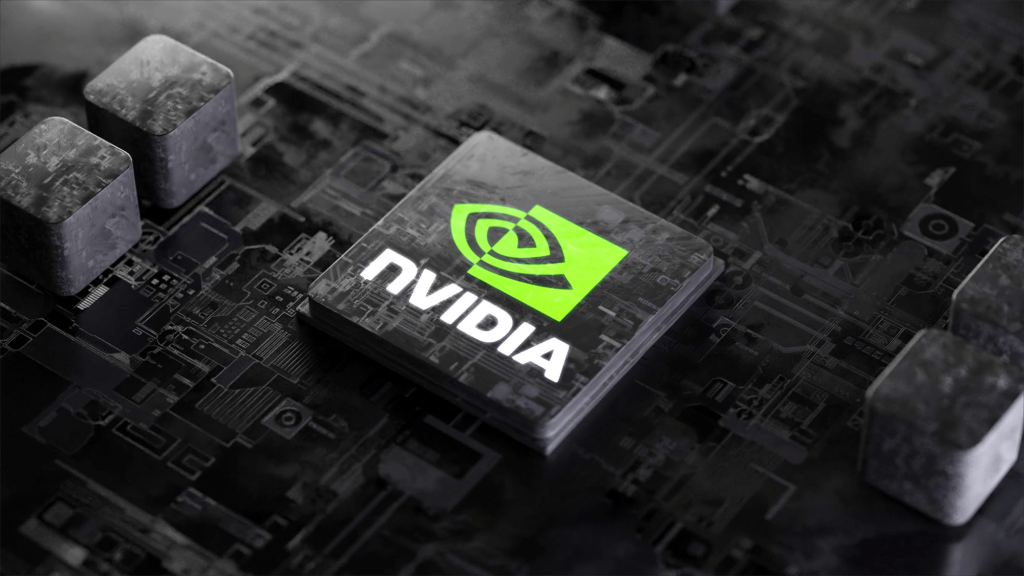Nvidia’s gaming past and mastering of the GPU made it well-positioned for the AI boom.
Its next market to corner is advanced robotics that could give way to humanoids.
Technical hurdles could be a reality check for Jensen Huang’s robotics future.
Wearing his signature black leather jacket, Jensen Huang outstretched both arms, gesturing at the humanoid robots flanking him, and the audience applauded. “About my size,” he joked from the stage at Computex 2024 in Taipei, Taiwan, in June.
“Robotics is here. Physical AI is here. This is not science fiction,” he said. The robots, though, were flat, generated on a massive screen. What came onto the stage were wheeled machines resembling delivery robots.
Robots are a big part of Huang’s vision of the future, which is shared by other tech luminaries, including Elon Musk. In addition to the Computex display, humanoid robots have come up on Nvidia’s latest two earnings calls.
Most analysts agree that Nvidia’s fate is all but sealed for a few years. Demand for graphics processing units has fueled it to a $3 trillion market capitalization — some days. But the semiconductor industry is cruel. Investment in data centers, which make up 87% of Nvidia’s revenue, comes in booms and busts. Nvidia needs another big market.
At Computex, Huang said there would be two “high-volume” robotic products in the future. The first is self-driving cars, and the second is likely to be humanoid robots. Thanks to machine learning, the technologies are converging.
Both machines require humanlike perception of fast-changing surroundings and instantaneous reactions with little room for error. They also both require immense amounts of what Huang sells: AI computing power. But robotics is a tiny portion of Nvidia’s revenue today. And growing it isn’t just a matter of time.
If Nvidia’s place in the tech stratosphere is to be permanent, Huang needs the market for robotics to be big. While the story of Nvidia’s past few years has been one of incredible engineering, foresight, and timing, the challenge to make robots real may be even tougher.
How can Nvidia bring on the robots?
Artificial intelligence presents a massive unlock for robotics. But scaling the field means making the engineering and building more accessible.
“Robotic AI is the most complicated because a large language model is software, but robots are a mechanical-engineering problem, a software problem, and a physics problem. It’s much more complicated,” Raul Martynek, the CEO of the data-center landlord DataBank, said.
Most of the people working on robotics are experts with doctoral degrees in robotics because they have to be. The same was true of language-based AI 10 years ago. Now that foundation models and the computing to support them are widely available, it doesn’t take a doctorate to build AI applications.
Layers of software and vast language and image libraries are intended to make users stickier and lower the barrier to entry so that almost anyone can build with AI.
Nvidia’s robotics stack needs to do the same, but since using AI in physical spaces is harder, making it work for laypeople is also harder.



